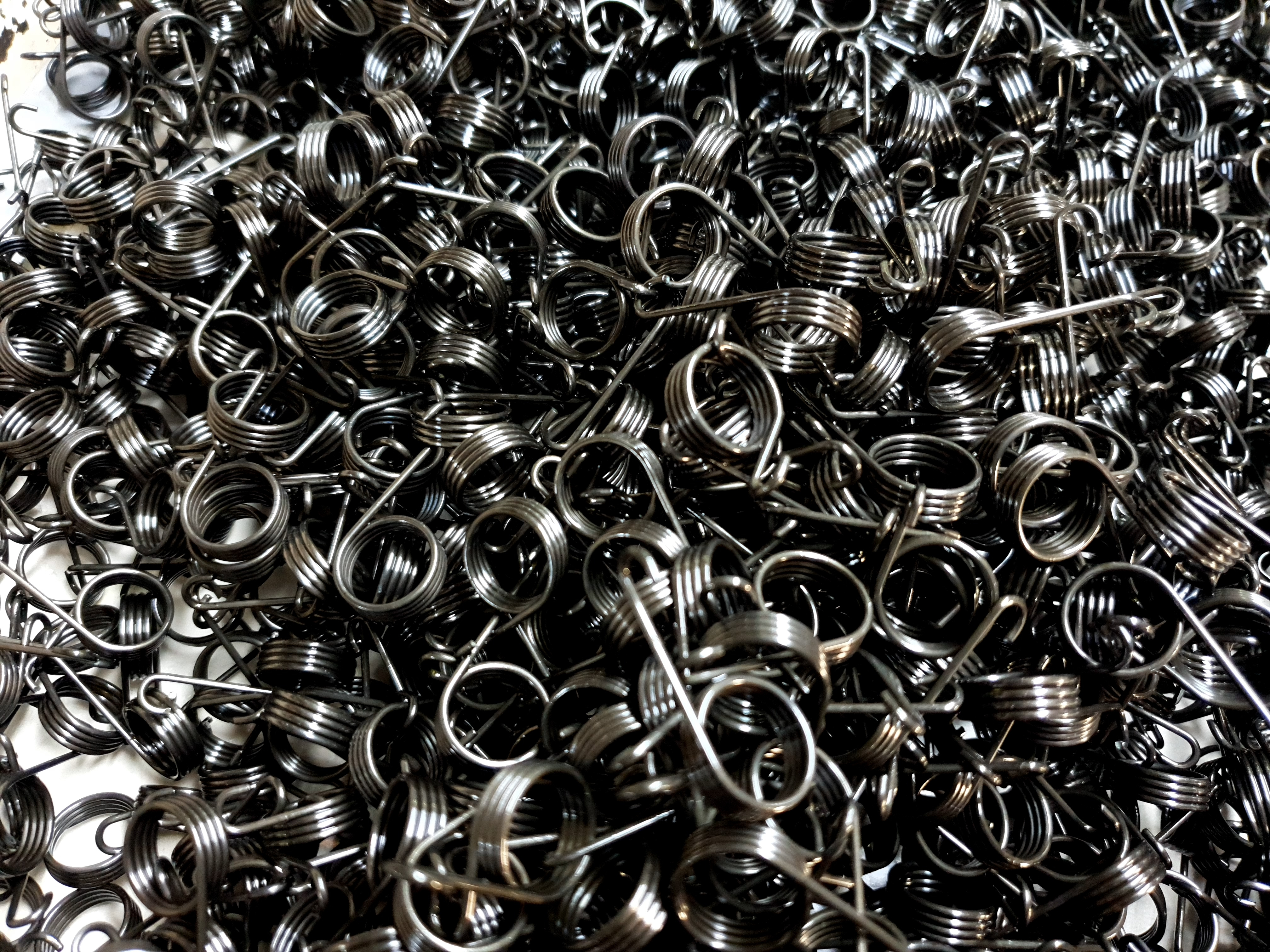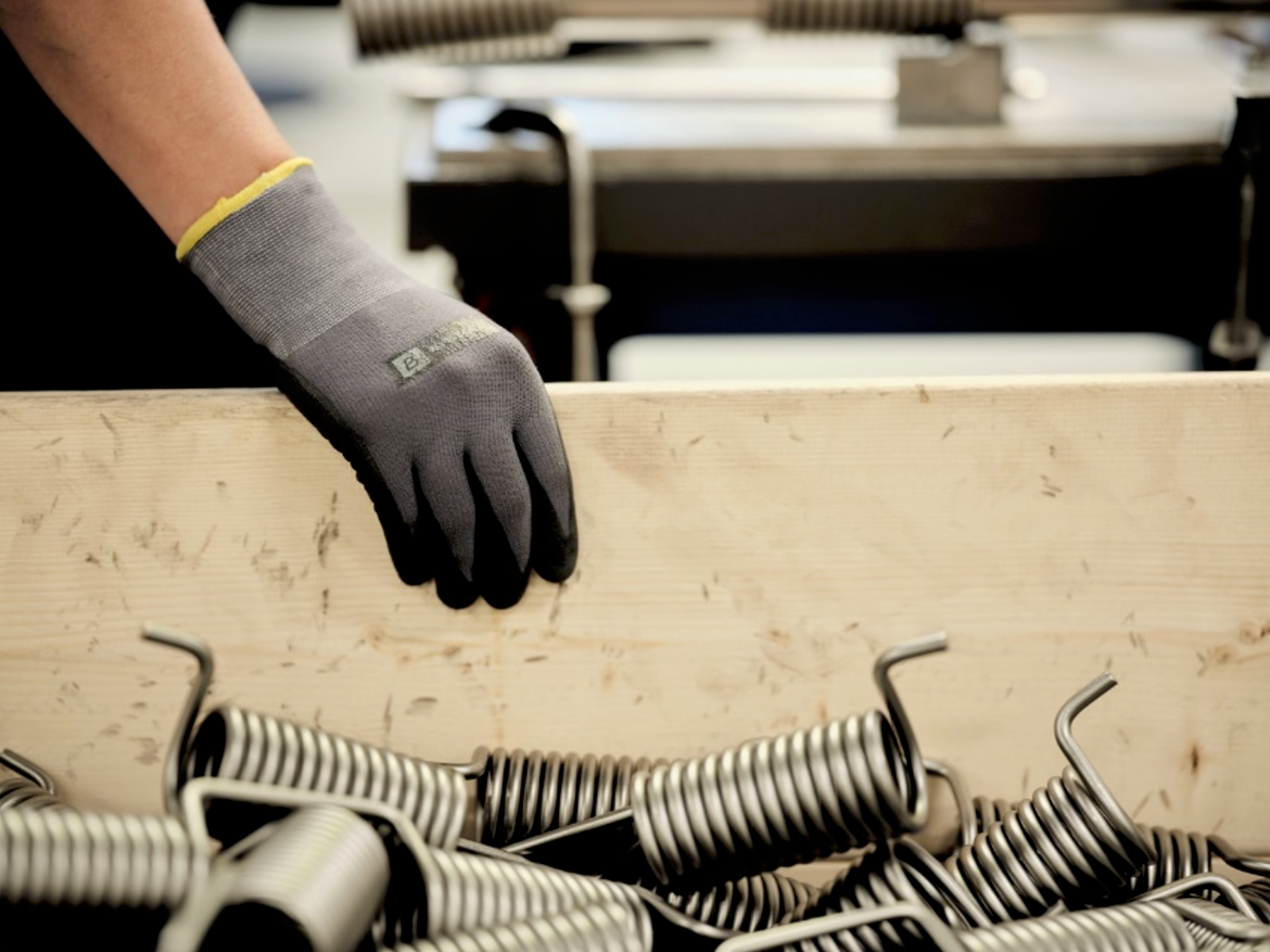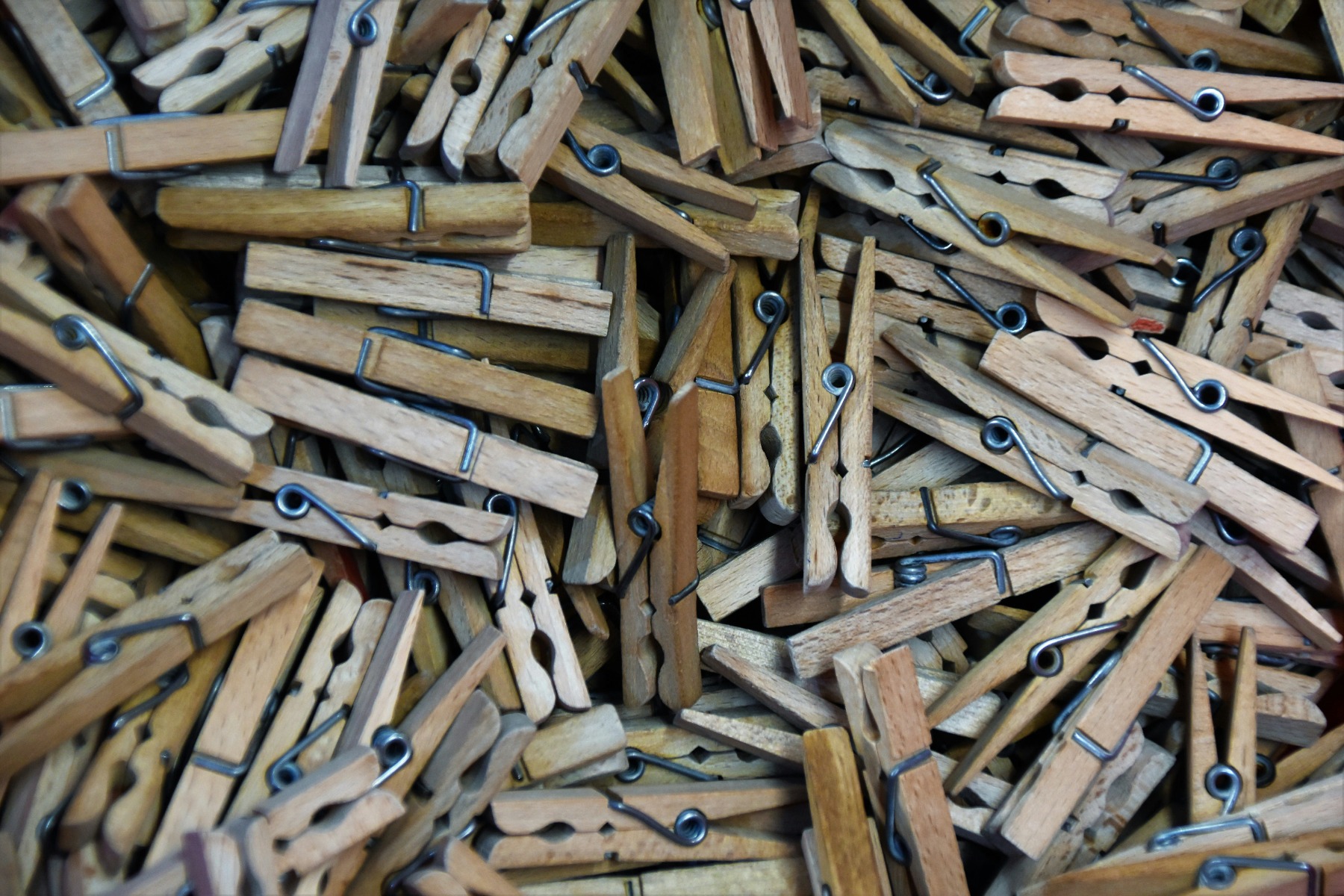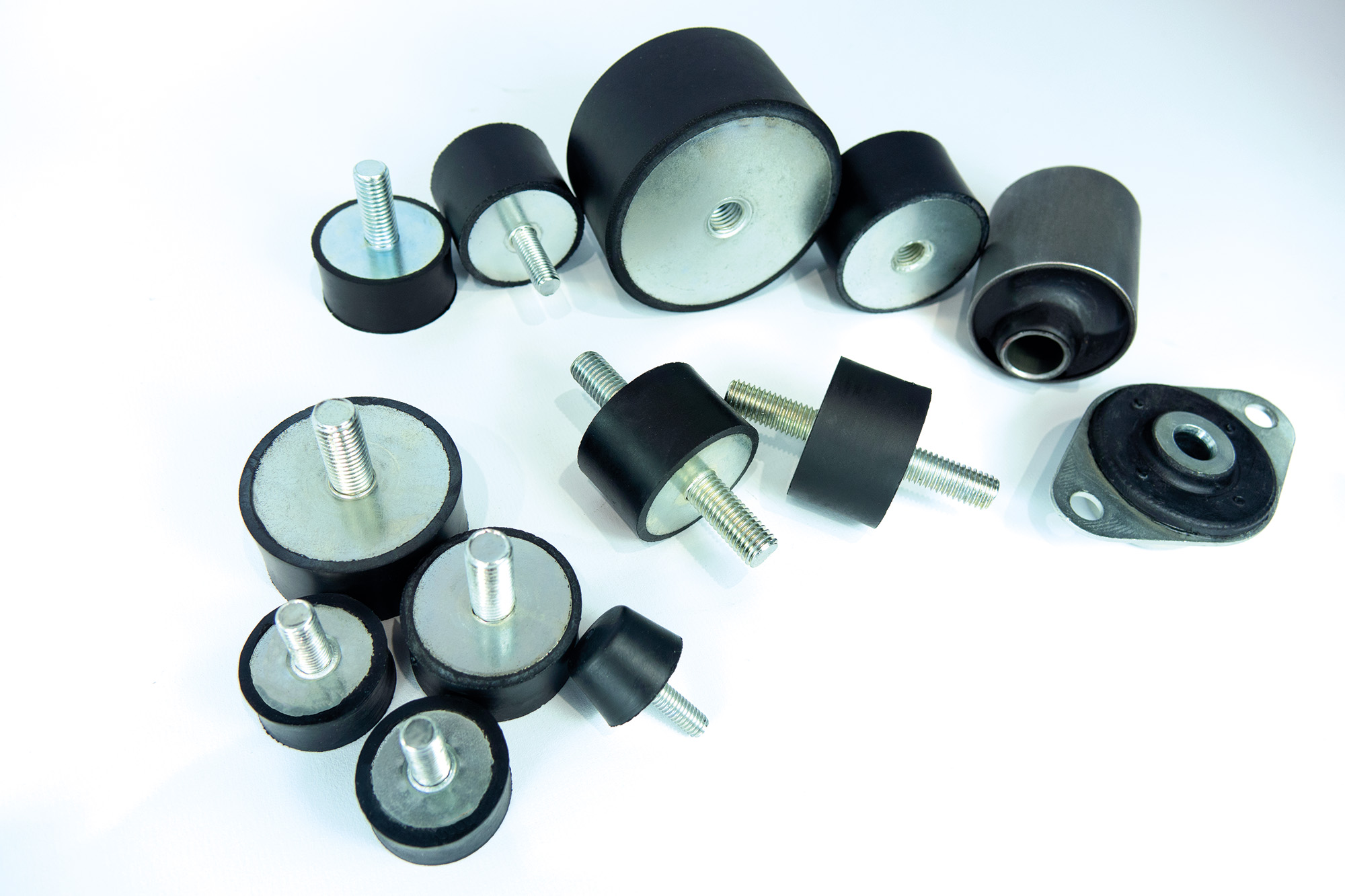We use cookies to make your experience better. To comply with the new e-Privacy directive, we need to ask for your consent to set the cookies. Learn more.
All About Torsion Springs

A torsion spring is a type of spring that works by twisting its ends in opposite directions, which is what created the shape of a torsion spring. Although the name implies otherwise, torsion springs are subjected to bending stress rather than torsional stress.
In this blog, we will focus on what they are, how they work, and where they are seen, like compression, extension, and heavy-duty torsion springs, which are found in many everyday items.
How Torsion Springs Work

Torsion springs are usually wound tightly so that each coil touches the next. The ends of the spring are shaped in various ways. Like extension springs, both ends of a torsion spring need to attach to other parts to work. When forces act on the ends of the spring, they tighten the coils. As the spring returns to its original shape, it brings the attached parts back with it.
Friction
Depending on the use, torsion springs can be left-hand, right-hand, or double. The double configuration is like two springs (left-hand and right-hand) made from the same wire.

Torsion springs are used in a wide variety of applications. Some common examples include clothes pegs. This spring holds the two wooden parts together, keeping clothes hanging on the line. Clipboards also use torsion springs, where the spring provides tension to hold papers in place. Additionally, torsion springs are found in spring-loaded hinges to provide a consistent rotational force that automatically returns the hinge to its original position, unlike other springs that compress or extend. This twisting ability lets them create a strong rotating force, perfect for things like door hinges, garage doors, and machinery.
Why Choose Us
We're proud members of the Lesjöfors Group and serve as distributors for the largest stock range available in the UK. Our inventory includes a wide variety of springs, such as:
- Compression springs
- Tension springs
- Torsion springs
- Die springs
- Conical springs
- Wave springs
- Power springs
- Clock springs
- Constant torque springs
- Disc springs
Explore our website to discover the various springs we offer at Metrol. Whether you need just a few or large quantities, we can fulfil your demand requirements.











